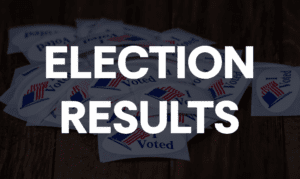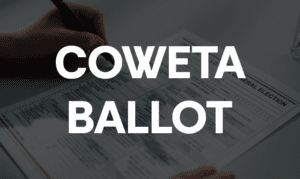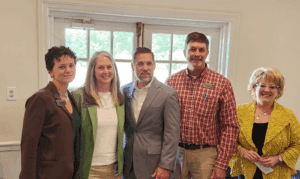There is a lot of talk these days about the regional one-cent transportation sales tax initiative known as the Transportation Investment Act of 2010 that will be voted up or down at the polls in mid-2012. But what happens if voters in any of the 12 “special districts” across Georgia turn down the proposal that was given birth earlier this year in House Bill 277?
Whether considered a punitive action or an opportunity to enhance transportation-related projects, the reality is that failure to pass the referendum will result in a hefty contribution by counties when it comes to local transportation projects.
By way of background, the enabling legislation that will lead to the 2012 vote came earlier this year by way of House Bill 277 that established a process through which the counties included in 12 identified regions (or districts) of the state would compile a list of needed transportation projects that would eventually be put to voters in those regions.
For Coweta County, that vote would be included with the proposals from the other counties that make up the 10-county Three Rivers Regional Commission. If it passes regionwide, the vote would trigger a 1-cent sales tax collection that would span 10 years. And if approved, a small portion of the collections would be used for local transportation projects while the larger portion would go toward regionally identified and approved projects for the Three Rivers area.
The multi-step process calls for the members of the state’s 12 special districts to establish a Regional Transportation Roundtable (RTR) for their district and submit a draft project list prior to Oct. 15, 2011. If the RTR fails to submit a project list DOT will consider the committee gridlocked. The result of that gridlock will mean that ”… the local governments in such a special district shall be required to provide a 50 percent match for any local maintenance and improvement grants by the Department of Transportation. Such 50 percent match requirements shall remain in place until the special district roundtable approves an investment list … and the election is held.”
A 50 percent match. So how does that compare to past DOT requirements? Contacted Monday, DOT representative Jill Goldberg said the current Local Maintenance and Improvement Grant (LMIG) program that replaced both the Local Assistance Road Program (LARP) and state aid program requires a 10 percent match. Previously, the state aid program required a 50 percent match while the LARP program required no match though it did require the local funding of project pre-work activities, the costs for which could be substantial. Goldberg added that under LMIG there is no match for resurfacing state roadways.
Back to the proposed 1-cent tax. So what happens if the RTR does generate a list that will, in some fashion, be presented to voters in mid-2012 but the voters turn it down? That will cost each county a 30 percent match for any LMIG work for “… at least two years and until such time as a special district sales and use tax is approved.”
And what if voters approve the 1-cent sales tax? In that event the match is 10 percent which is equal to the percentage currently required under the new LMIG program.












Leave a Comment
You must be logged in to post a comment.